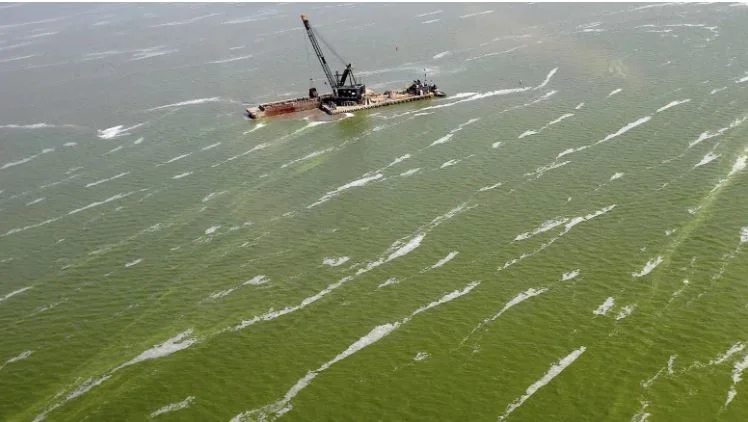Raging water is pouring out of the Fanshawe Dam as the flood control structure does its job to protect London. But the controlled release of water from Fanshawe Lake into the Thames River cannot stop shoreline flooding and fast-moving water. That’s especially true after a steady rainfall and expected thunderstorms Wednesday. “Things are moving very quickly and the water is high moving through the city right now,” said Teresa Hollingsworth with the Upper Thames River Conservation Authority.
Stopping algae blooms may start on farmlands
A handful of Chatham farms might hold the answer to reducing toxic algae blooms in the Great Lakes. These farms are collecting and analyzing their agricultural runoff, in hope of reducing the amount of phosphorus entering the waterways. It's part of a project, started by two organizations in Spring 2016, which aims to come up with a strategy to deal with toxic algae blooms. Out of that idea for the project — between the Ontario Federation of Agriculture and the Great Lakes and St. Lawrence Cities Initiative — came the Thames River Phosphorus Reduction Collaborative.



